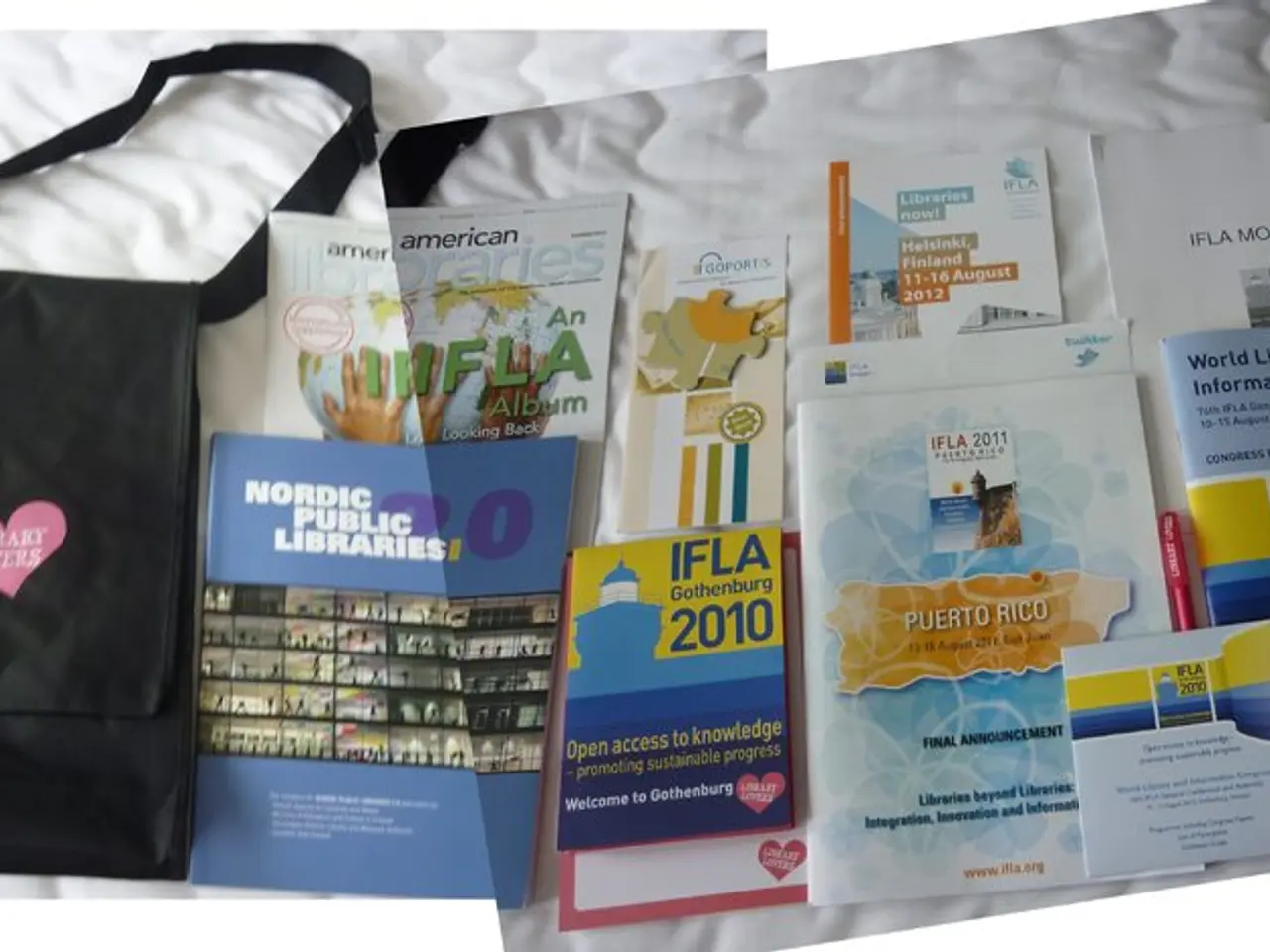Strategies for Developing and Disseminating Your Personal English Language Teaching Materials
In the digital age, creating and sharing English learning content has become a powerful tool in democratizing education. By providing resources that are accessible regardless of economic background, it opens up opportunities for individuals to improve their English language skills, regardless of their location or circumstances.
English learning content comes in various forms, including worksheets, grammar exercises, pronunciation guides, video lessons, interactive quizzes, and more, all designed to cater to the diverse needs of learners across different geographies, cultural backgrounds, and age groups.
Effective content creation starts with thorough planning. Identifying the target audience, defining the objectives of the content, and selecting the appropriate format are crucial steps in the process. Incorporating interactive elements encourages active participation, which reinforces understanding and retention.
Sharing and promoting English learning content effectively is just as important as creating it. Social media platforms, email newsletters, educational forums, and personal websites are all effective ways to disseminate content.
The effectiveness and engagement factor of English learning content can significantly influence its impact. By addressing specific needs, using a variety of formats, and incorporating interactive elements, creators can ensure that their content resonates with learners and encourages active participation.
Interactive learning, utilizing technology to make the learning experience more engaging, is increasingly popular. Learning Management Systems (LMS), interactive PDFs, language learning apps, and online quiz platforms are just a few examples of technologies that can enhance the dynamics of English education.
Design is integral to the success of educational materials. Aesthetic aspects and how information is conveyed intuitively play a significant role in engaging learners and making the content easy to understand.
Feedback from the audience is essential for refining content. Surveys, comments, or direct communication can provide valuable insights into what works and what doesn't, allowing creators to make data-informed decisions and continually improve their content.
Engaging and fostering discussion within the content can help both creators and consumers of the content learn collectively. This collaborative approach can lead to a deeper understanding of the subject matter and a more enjoyable learning experience.
Creating English learning content can contribute to personal and professional growth by enhancing language skills, confidence, and career advancement. By sharing unique perspectives and knowledge, contributors can make a significant impact in today's digital age.
Sharing English learning content broadens access to quality educational resources, especially in regions where formal English education might be lacking or outdated. This access can have a transformative effect on individuals and communities, opening up opportunities for personal and professional growth.
In conclusion, to effectively create and share English learning content for diverse audiences and learning styles in the digital age, start with thorough planning that clearly defines your target audience and learning objectives. Tailor content to different learner needs by using varied formats such as videos, written articles, audio clips, quizzes, and infographics. Incorporate storytelling and real-life scenarios to enhance engagement and make the content relatable. Utilize interactive elements like quizzes or discussions that foster active participation and deeper retention. Platforms like YouTube, Instagram, TikTok, blogs, and educational course sites (e.g., Udemy, Coursera) are excellent for sharing diverse content types, while collaborative platforms (Google Docs, Slack) facilitate peer interaction and feedback crucial for language practice.
[1] [2] [3] [4] (References omitted for Markdown format)
- To make learning more interactive and effective, creators can incorporate advanced grammar exercises, idioms and phrases into their content, using technology like Learning Management Systems (LMS) or language learning apps.
- For a more engaging learning experience, educational content can include interactive quizzes, allowing learners to actively participate and reinforce their understanding of English grammar and vocabulary.
- In the realm of education-and-self-development, leveraging technology to provide advanced grammar lessons with interactive quizzes and discussions can be a powerful tool in democratizing English learning, especially in regions with limited access to formal education.




